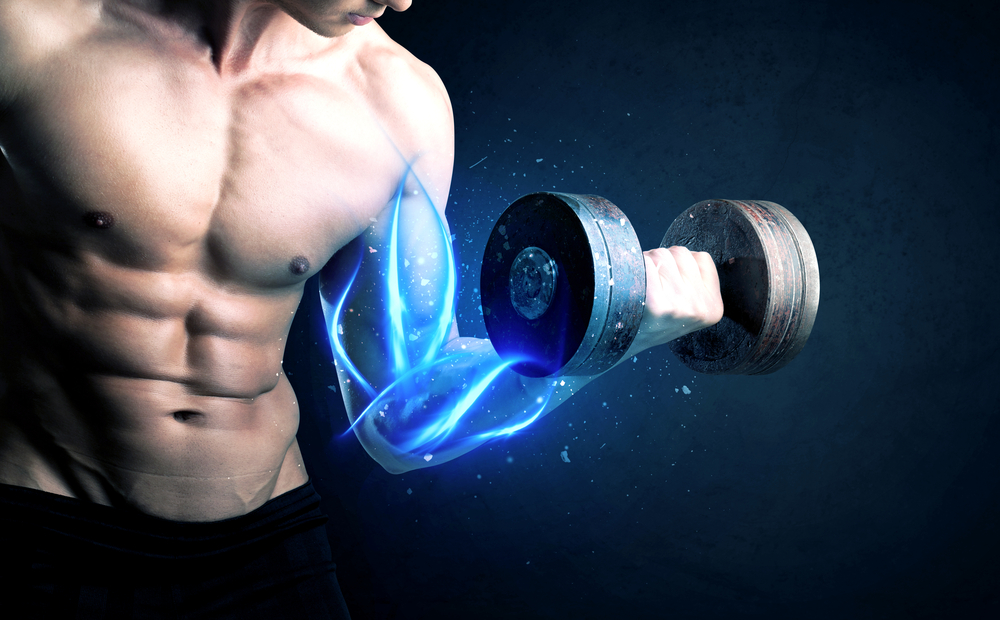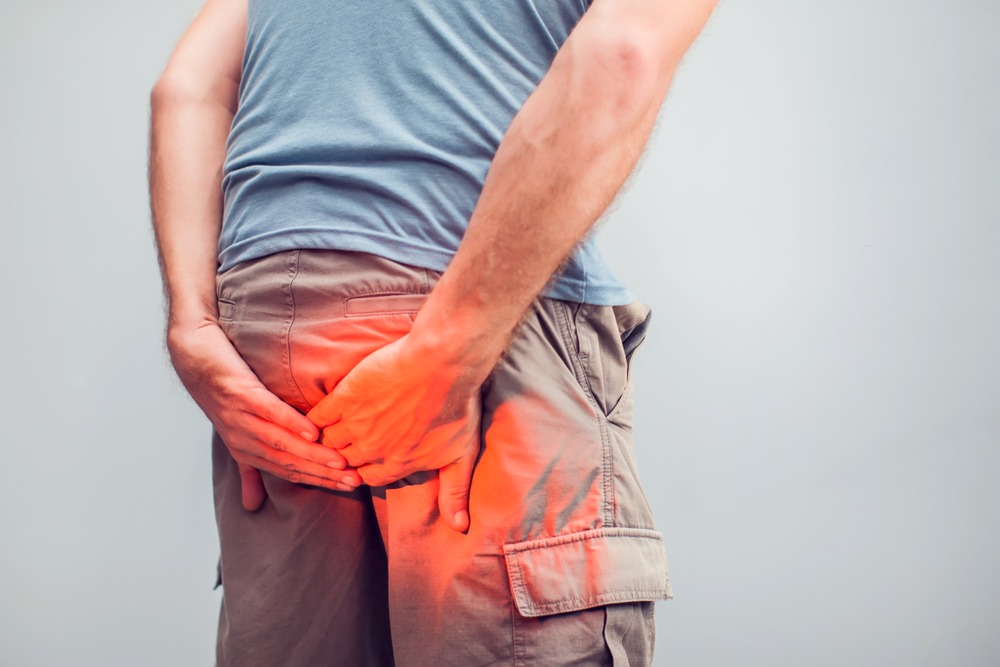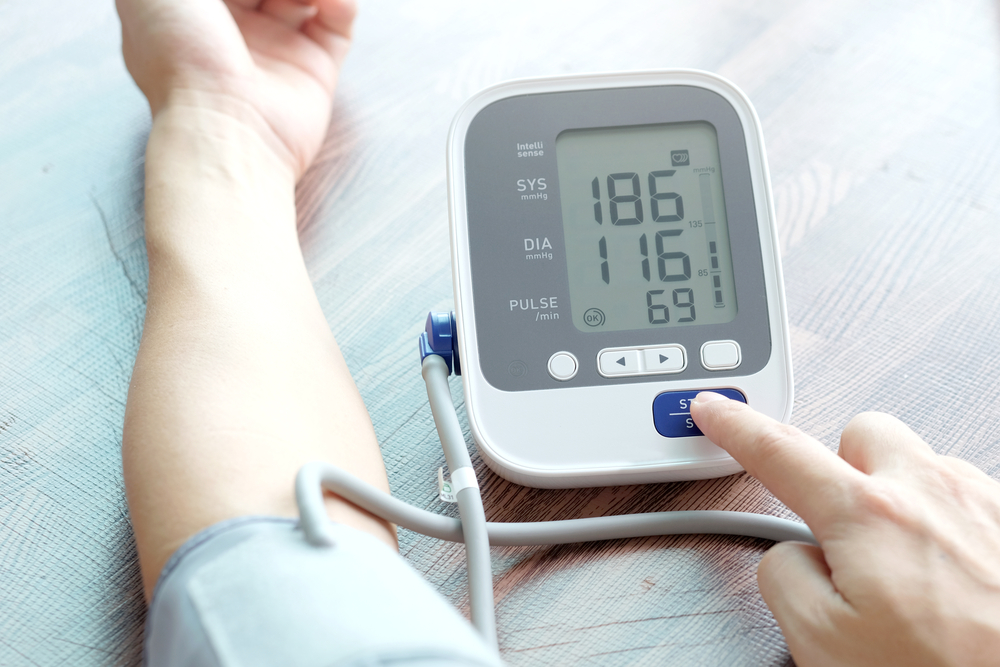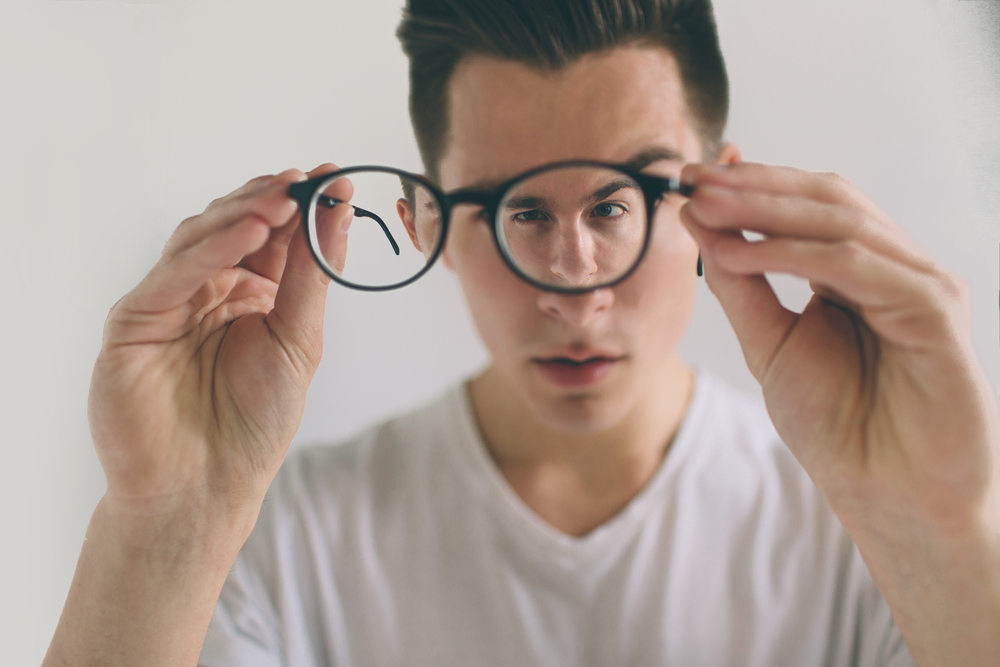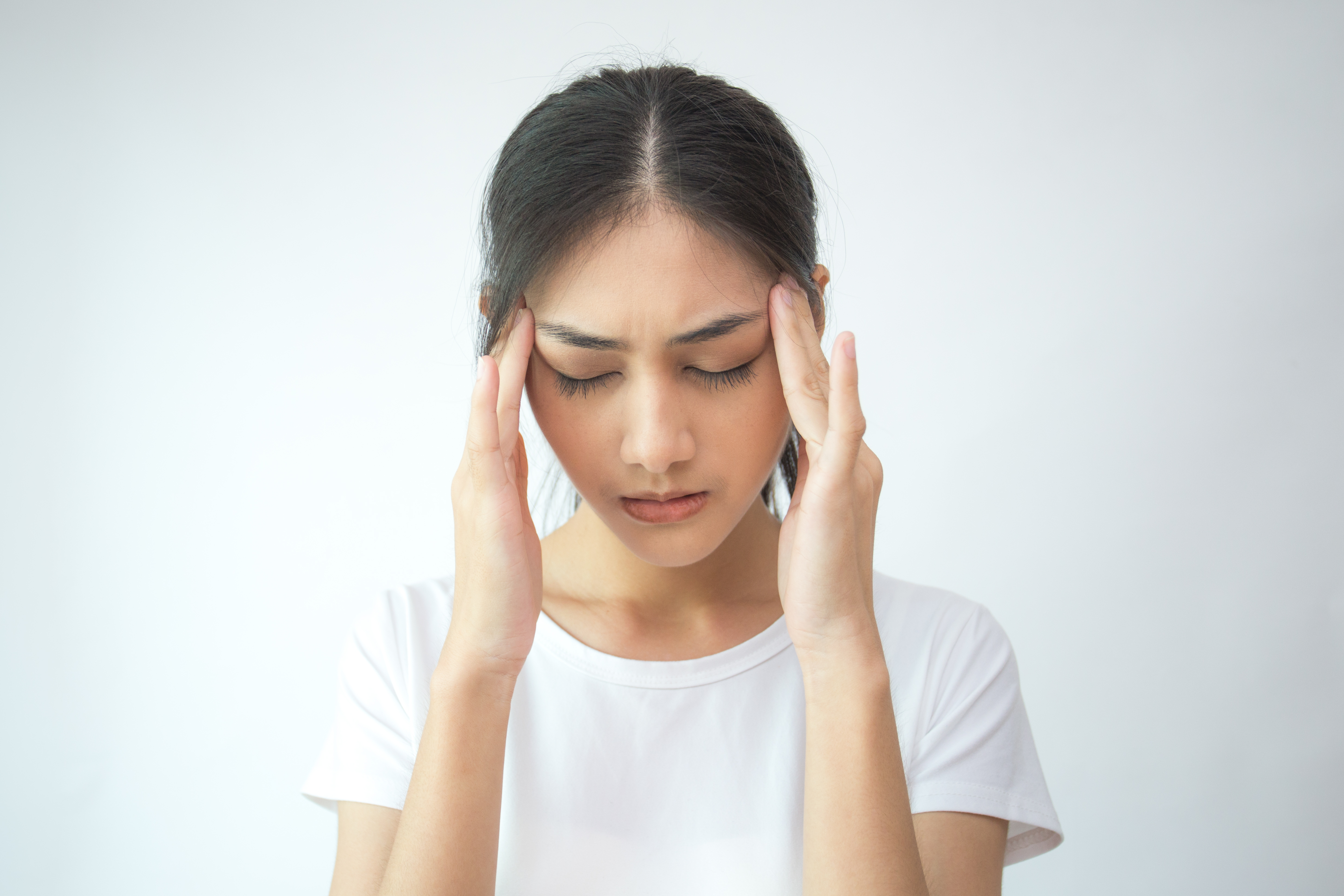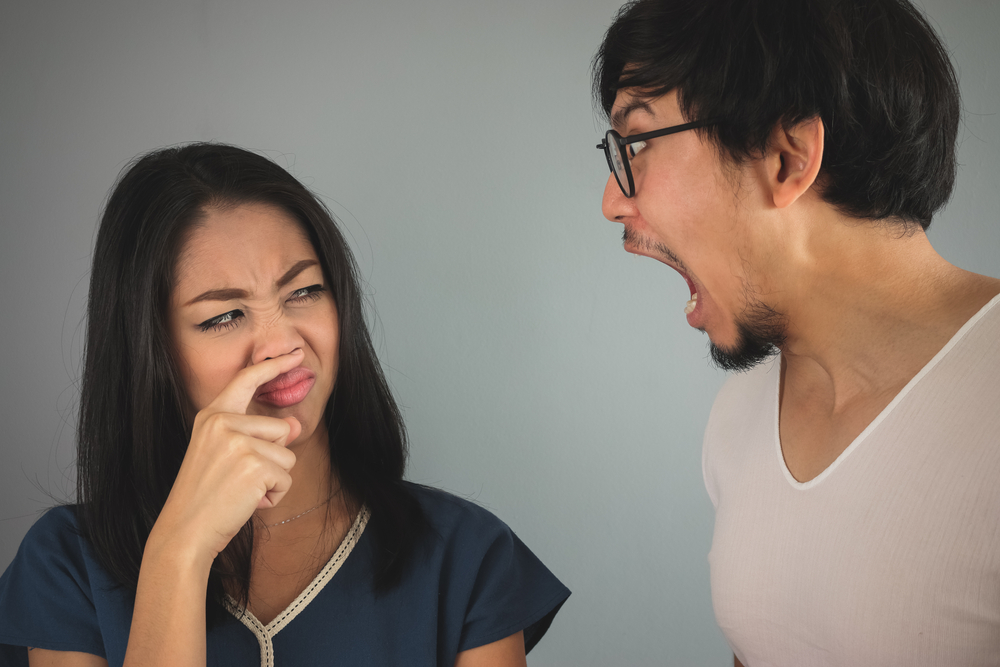Contents:
- Medical Video: Anatomy Ch 9 - Muscular System
- Get to know how the human muscles work
- Human muscle system based on its type
- Smooth muscle
- Cardiac muscle
- Skeletal muscle
- Function of the human muscle system
- Do body movements
- Helps in human blood circulation
- Respiratory
- Digestion process
- Labor
- Balance
- Adjust body posture
Medical Video: Anatomy Ch 9 - Muscular System
The body is assisted by the muscular system to carry out its duties. Not only to help us blink, walk, lift objects, or chew, but also to help digestion to help the heart work to drain blood. To get to know the human muscle system, see the following review.
Get to know how the human muscles work
The human muscle system is made up of more than 600 muscles. Muscles are formed from special cells called muscle fibers. Muscles attach to bones or internal organs and blood vessels. Each type of muscle has a specific function, which is primarily creating movement.
Muscles move by shortening their length, pulling tendons, and moving bones closer to each other. Tendons are strong elastic bands of connective tissue that bind muscles to bones.
Yes. The combination of contractions of the joints, bones and skeletal muscles produces clear movements such as walking and running. Almost all body movements are the result of muscle contractions, except the movement of sperm cells, white blood cells, and cilia movements in the airways.
Besides movement, muscle contraction also helps regulate body posture, joint stability, and body heat production.
Human muscle system based on its type
Human muscles can be divided into three different groups, namely smooth muscle, skeletal muscle, and heart muscle. All of these muscles can tighten and relax, but have different functions.
Smooth muscle
Plain muscle is found in the walls of internal organs such as blood vessels, digestive tract, bladder and uterus. Plain muscle is controlled by the brain's subconscious, so you can't control it directly with the conscious mind. You don't even realize the work of smooth muscle in the body.
Smooth muscle cells are spindle-shaped and have one cell nucleus in the middle. The smooth muscle contracts slowly and rhythmically.
Cardiac muscle
As the name suggests, this muscle is only found in the heart. The heart muscle is responsible for pumping blood throughout the body.
The heart muscle also cannot be controlled consciously, so this is also called unconscious muscle. While hormones and signals from the brain adjust the rate of contraction, the heart muscle cells stimulate the heart to contract.
Heart muscle cells have bright and dark lines called lurik. The arrangement of protein fibers in the cell causes this light and dark band. Heart-shaped cylindrical cells are elongated cylindrical, with one cell nucleus in the middle.
Skeletal muscle
Skeletal muscle is the only voluntary muscle tissue in the human body, because it can be controlled consciously. Every physical movement a person does consciously such as talking, walking, or writing requires the work of skeletal muscles.
The function of skeletal muscles is to contract to move body parts closer to the bone that is attached to the muscle. Most skeletal muscles attach to two bones along the joint, so the muscles function to move bone parts closer to each other.
Skeletal muscle cells are the same as heart muscle cells which have lurik. However, the cylindrical skeletal cells are branched and have many cell nuclei in each fiber.
Function of the human muscle system
Each type of human muscle has its own function. Here are some functions of the human muscle system.
Do body movements
Skeletal muscle is responsible for the movements that you do. Skeletal muscle attaches to your bones and is partially controlled by the central nervous system (CNS).
You use skeletal muscles whenever you move. The muscles follow the direction of the movement you want, together with the bones and tendons.
Helps in human blood circulation
Unconscious heart muscle and smooth muscle helps the heartbeat and blood flow throughout your body by producing electrical impulses. Heart muscle is found in the heart wall. It is controlled by the autonomic nervous system which is responsible for most bodily functions.
Your blood vessels consist of smooth muscle, and are also controlled by the autonomic nervous system.
Respiratory
The diaphragm is the main muscle that works during breathing. When you breathe more heavily, such as when you are exercising, the diaphragm needs help from other muscles, such as the abdominal muscles, neck muscles, and back muscles.
Digestion process
Digestion is controlled by smooth muscles found in your digestive tract. Your smooth muscles relax and tighten when food passes through your body during digestion. These muscles also help push food out of your body through bowel movements, or vomit when you are sick.
Labor
Plain muscle is also found in the uterus. During pregnancy, these muscles grow and stretch as the baby grows. During the delivery process, the smooth muscle in the uterus contracts and relaxes to help push the baby through the vagina.
Balance
Skeletal muscle helps protect your spine and helps balance. In the muscle there is what is called the core muscle, which includes the abdominal muscles, back muscles, and pelvic muscles. The stronger your core muscles, the better your body will balance.
Adjust body posture
Skeletal muscle also regulates your posture. Flexibility and strength are the keys to maintaining the right posture. Stiff neck muscles, weak back muscles, or stiff hip muscles can damage your harmony. Poor posture can affect your body parts and cause weaker joint and muscle pain.

